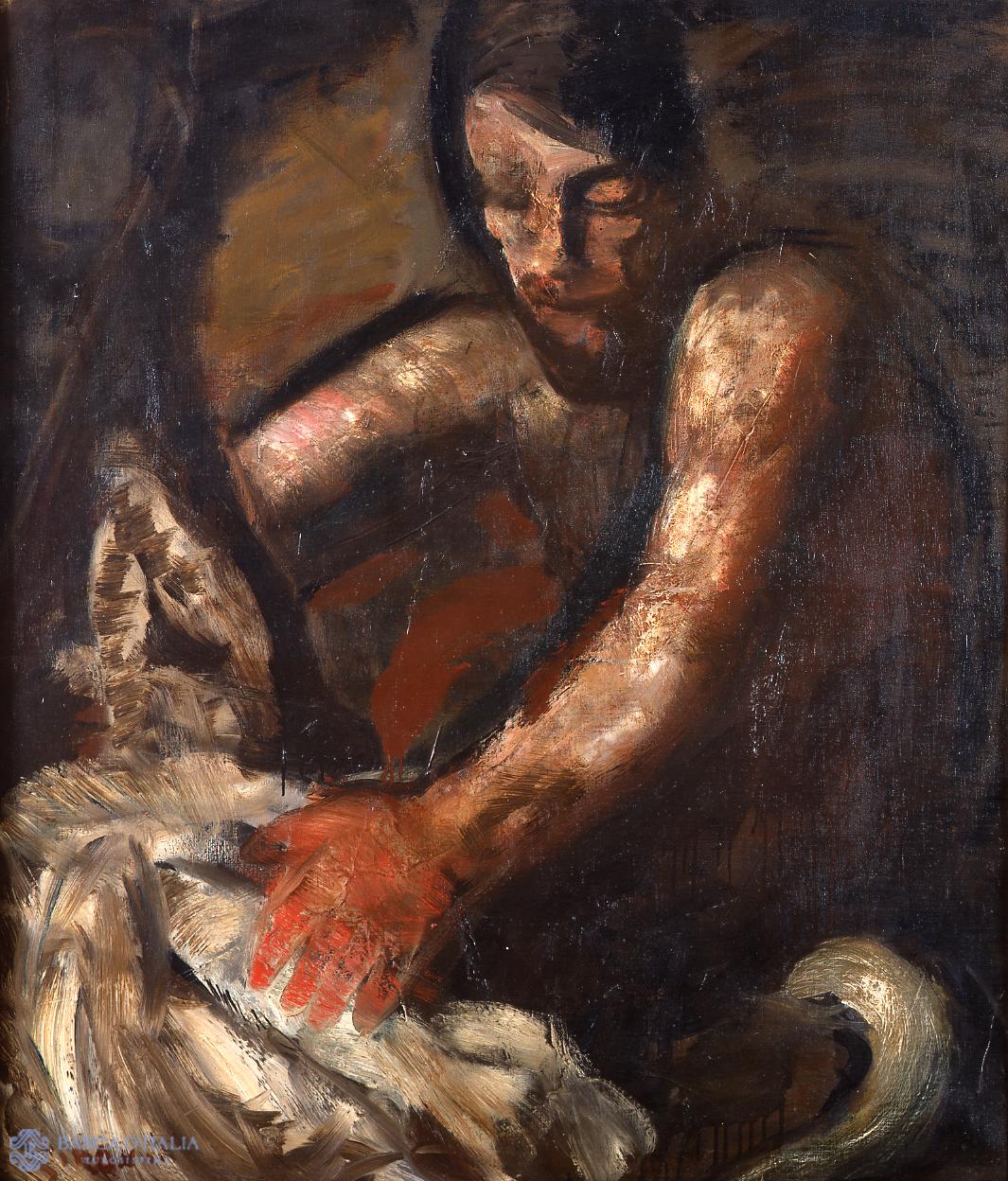Mario Sironi (Sassari 1885 – Milan 1961) was one of the most important Italian artists of the 20th century. From 1908 to 1914 he frequented the studio of Giacomo Balla in Rome, who introduced him to Boccioni and Gino Severini. Another encounter with Boccioni came in 1914 in Milan, where Sironi joined the Futurist movement, although he was a most atypical Futurist. For one thing, he lacked the divisionist background of the original leaders of the movement, inclining instead towards a sort of pathos-charged verism. And the Futurist painting he pursued until 1918 was not based on volume dynamics but on colour which, locked inside a summary, energetic design, takes on the expressive charge of the work. This colour, against the dominance of a variety of shades of grey, tended to the monochromatic, as in his 1914 canvas Camion.
At the end of the decade Sironi, like many other leading artists of the day, showed the influence of De Chirico’s Metaphysical painting. This lesson conferred a kind of swollen monumentalism upon his chosen theme of the desolate industrial periphery. Much later, he would transfer this to the celebratory works commissioned by the Fascist regime, in which, beyond the official rhetoric, there often transpired an unvarnished vision of the world and the human condition.
Sironi was among the founders of the Novecento movement, in which the definite vocation to a sort of modern verism, not anecdotal but essential in its expression of urban and industrial reality, also offers intense emotions, the profound objectification of modern melancholy.
Mario Sironi
Mario Sironi (Sassari 1885 - Milan 1961)
20th century AD



